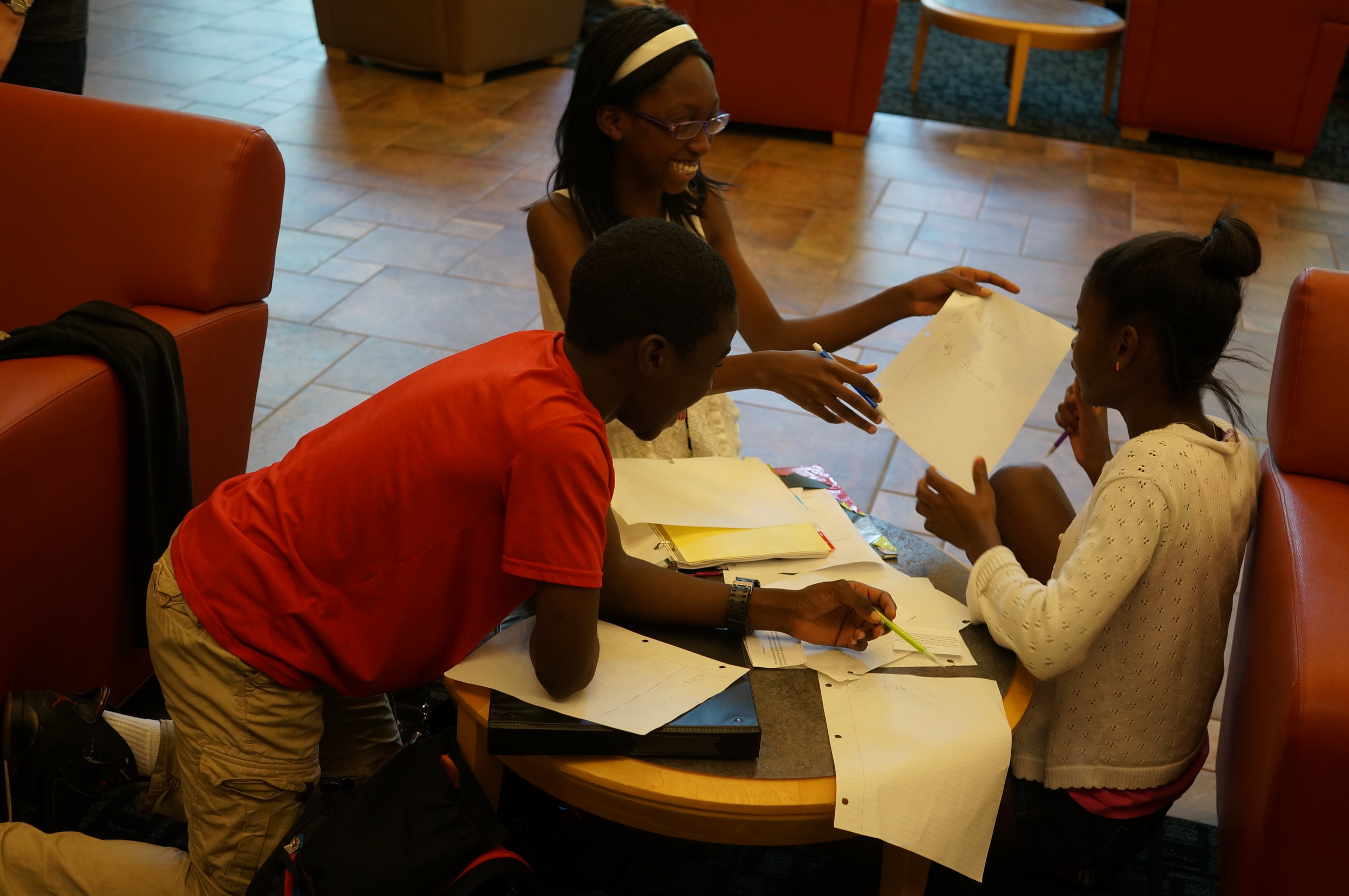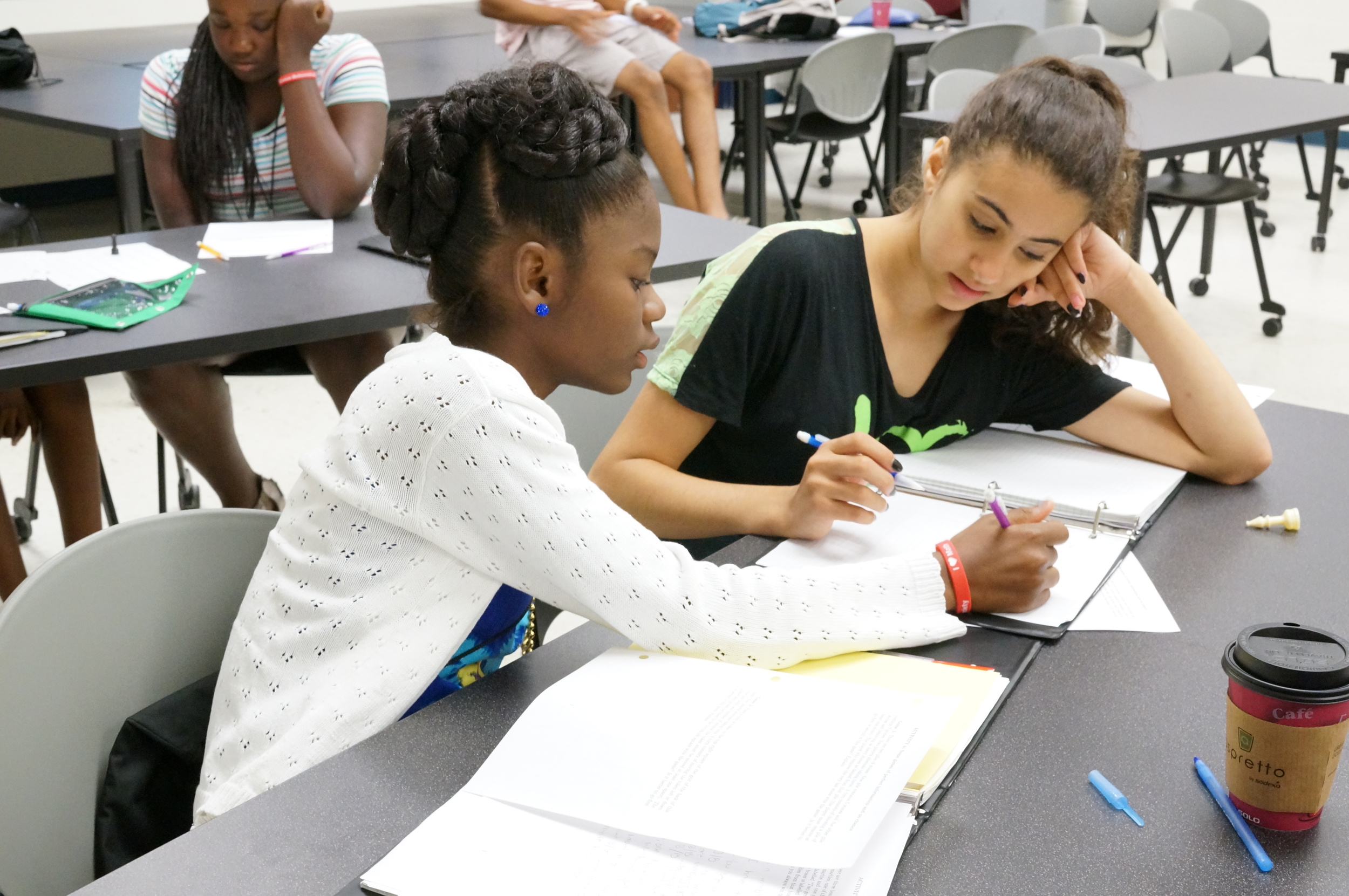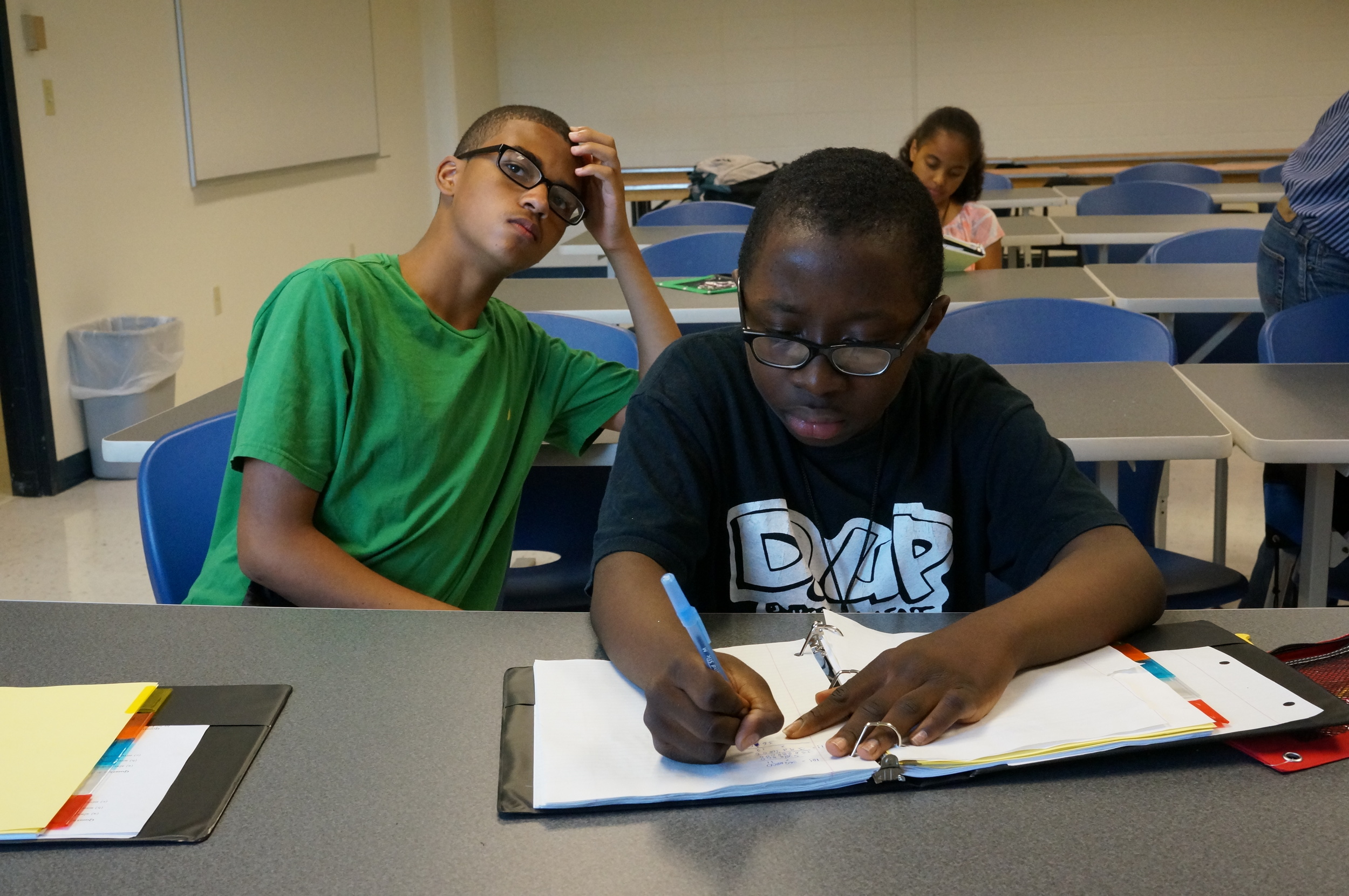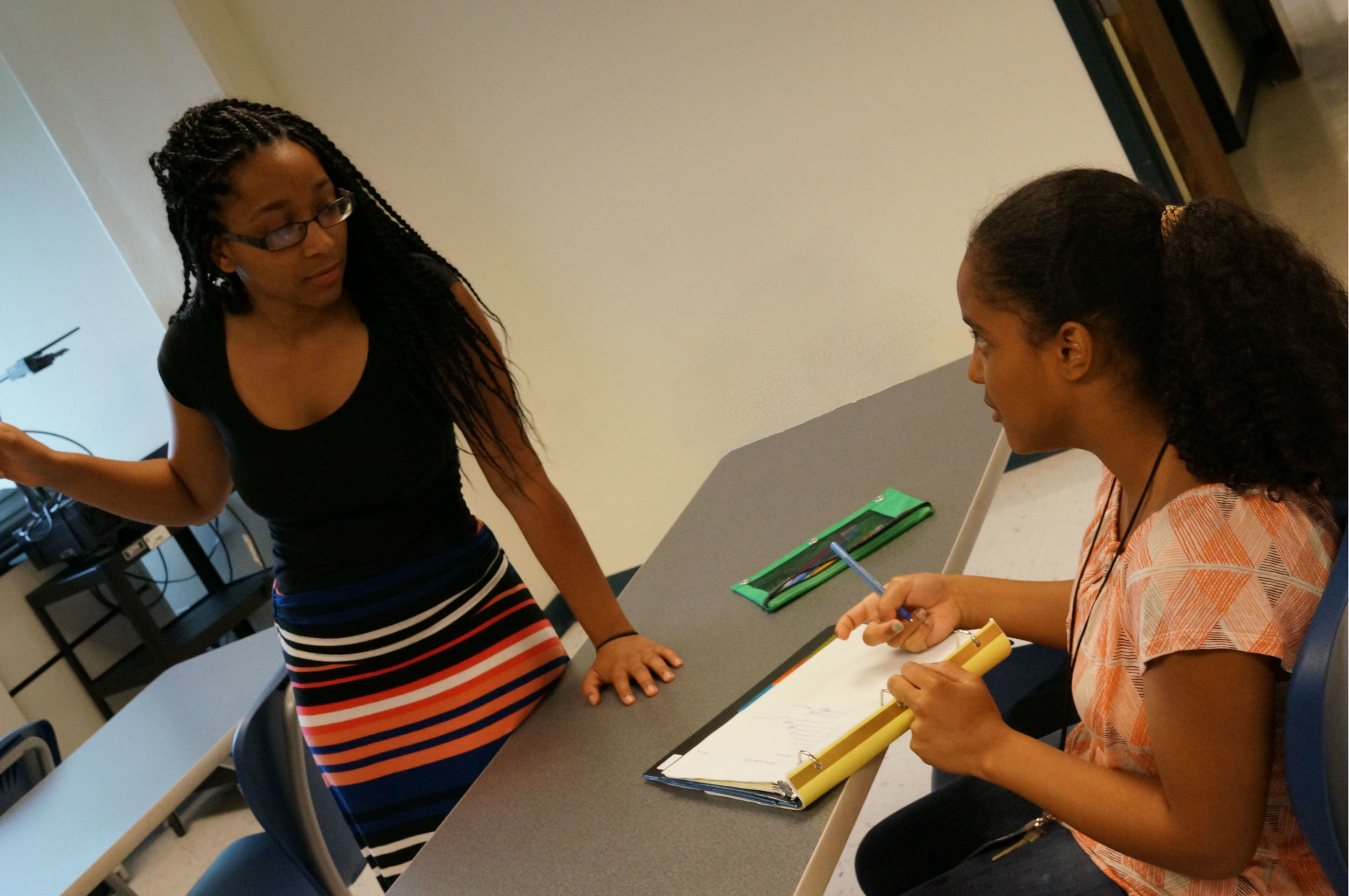About Creative Problem Solving
Welcome! We're excited that you are interested in teaching Creative Problem Solving at BEAM Discovery.
Why Creative Problem Solving?
The Creative Problem Solving courses are designed to introduce students to contest problem solving. There are two reasons we believe this can be so important for students.
First, contest-style problems challenge students to apply their mathematical knowledge in new ways. They cannot be solved using procedures alone, and so students must genuinely think about their mathematics knowledge to correctly solve them. It is our hope that students will make this transition in their mathematical thinking.
Second, math contests are a way for students to stay involved with mathematics beyond BEAM. After the summer, we can help students' schools register for math competitions for them. Moreover, there are numerous online tools that students can continue to use after the summer, and by starting them off on those tools now, they will be able to further their educations on their own.
Different Classes
Each Creative Problem Solving course is designed to equip students to do well in the MATHCOUNTS contest. The courses take shape by identifying common problem types and learning the mathematics to do well on those problems.
We believe that interesting content makes learning problem solving strategies more exciting. We furthermore believe that depth is more valuable than breadth to learn mathematics and how to do mathematics. Hence, Creative Problem Solving courses teach problem solving through the lens of a particular content area.
We have prepackaged courses available on several content areas, which have been taught at BEAM Discovery before successfully. These courses are:
Counting Without Counting (with a focus on combinatorics and the multiplication principle)
Primes, Powers and Solving Problems (with a focus on divisibility and prime factorization)
Unruly Patterns, Sequences, and The Rules That Govern Them (with a focus on sequences)
Words Meet Numbers: An Algebra Story (with a focus on algebraic work problems)
Of course, if you’d like to design your own curriculum, feel free to propose another area! For example, we’ve thought that geometry (with a focus on deriving angles and side lengths) might make a good course.
If you’re developing your own course, we do have many years of archived math contest problems and copies of Art of Problem Solving textbooks that you can use to plan your course. You will have the flexibility (and responsibility) for developing your day-to-day lesson plans, selecting problems, and creating handouts.
Other Important Notes
Remember that the goal of this course is to give students a start that they can build off of. Sometimes class will move slowly and might not cover as much as you hoped, especially because students might be missing important basic skills. If they feel empowered to continue learning on their own, then the class has been a huge success.
While we believe that competition can be healthy, it is not for everyone, and competitions often turn young people off from mathematics. To prevent this, it is important to emphasize how interesting the problems are and the learning that students are doing independent of winning or losing. The class should always maintain a positive atmosphere for all students and should not spotlight students who are particularly quick or solve more problems; everyone's progress should be celebrated.
Additionally, contests often emphasize speed to a much greater extent than speed is valuable when doing mathematics. While preparing students for the speed required on contests, your course should also emphasize that this is an artificial element of most math contests and that they should strive to do and enjoy the problems rather than to rush through. Please don't let students walk out thinking that speed is a measure of their mathematical skill!
IF YOU’RE INTERESTED IN CREATING YOUR OWN CURRICULUM
If you’re applying to create your own curriculum rather than teach a pre-packaged course, the second step in the process will be to create a course description about how you would teach your course.
For the Creative Problem Solving course, please include a specific problem, the context for teaching that problem (for example, what you might cover in before doing it), and how students would tackle that problem in class.




